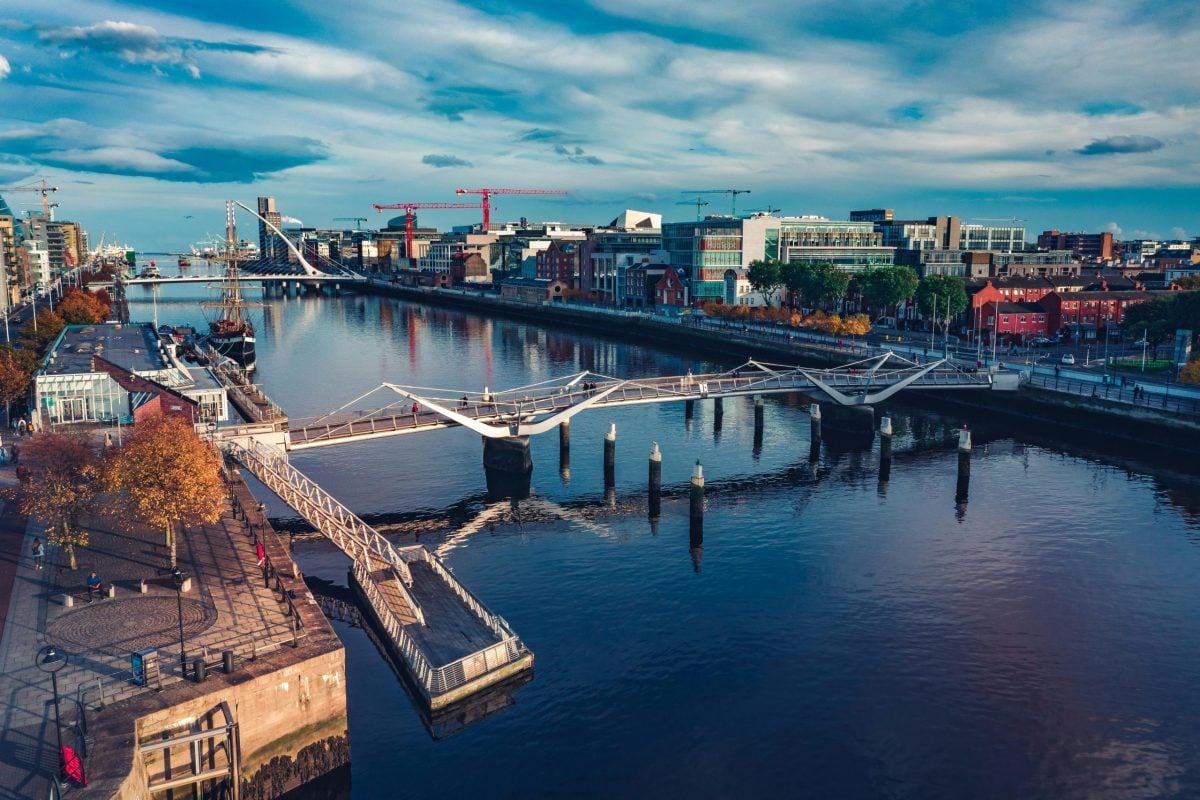Uncategorized
Handlebars and the Spirit of Irish Identity
handlebars
Estimated reading time: 6 minutes
- Introduction
- The Handlebar’s Roots
- The Handlebar as a Symbol of Irish Identity
- Diaspora & The Handlebar Connection
- Handlebars in Modern Ireland
- Did You Know?
- FAQs
- Final Word
In the quiet corners of Ireland, where the winds still whisper secrets of the past, the humble handlebar emerges—an emblem of freedom, rebellion, and the indomitable spirit that flows through our veins.
The Handlebar’s Roots
The story of the handlebars begins not with bicycles but on the lips of storytellers, as they recall the rugged trails of ancient Ireland. In a time before the hum of engines and the buzz of technology, handlebar symbolism stretched across the land, signifying personal journeys and shared tales. This simple, yet profound device of transportation became synonymous with movement, adventure, and journeys of both heart and hearth.
Imagine the late evenings in a snug pub, a pint raised, as tales of the rebellious heart of every bike rider are shared. There’s a bittersweet joy in every laugh and every rambunctious retelling. The handlebar, in its unassuming nature, became the anchor to these stories—be it of the countless men and women who rode against the winds of oppression or the youthful spirit that longed for exploration. An invocation of freedom and the quest for other shores, handlebars wove themselves into the fabric of our collective memory.
The Handlebar as a Symbol of Irish Identity
“There’s a whole world beyond the bend!” is what young riders often exclaim, the handlebar their guiding force. But as we pedal, it becomes more than just a means to an end. It is the bridge to our identity — an emblem of the Irish spirit that refuses to be confined. From the rolling hills of Kerry to the rugged coastlines of Donegal, the handlebar epitomizes resilience.
When we think of our ancestors, we’re reminded of how they bravely traversed the valleys and peaks, often on bicycles, embracing the unpredictable Irish weather and savoring both rugged terrain and gentle lanes. Every spin of the wheel is a nod to the past, a testament to those who fought against all odds to carve out a piece of people’s pride, flashing their handlebars with defiant glee. Today, our stories echo through the generations; the handlebar remains a silent witness to our journey, laughter, trials, and the beauty of chaos that makes us who we are.
Diaspora & The Handlebar Connection
Ah, the heartrending tales of migration and distance—wherever the Irish wander, so too do our handlebars go. From the bustling streets of Boston to the sandy shores of Australia, the sight of an Irishman or woman, pridefully clutching their handlebars, signifies more than just a bike. This simple piece of metal becomes a comforting reminder of home, of green fields, and of friendships spun through time and distance.
The handlebar is even a metaphor for the twists and turns of life itself. Like navigating a winding road, our experiences abroad—filled with nostalgia, longing, and joy—shape us uniquely as Irish people. When diaspora returns home, there’s often a handlebar attached to a bicycle, a symbol not just of leisure but of reconnection, kinship, and the thrill of finding joy in every pedal stroke that leads back to the roots of our heritage. More than just a bike, it’s a link back to those who came before us and those we hold dear, treasuring their memory whilst carving out our own paths forward.
Handlebars in Modern Ireland
In today’s vibrant, evolving Ireland, the handlebar takes on new life—a tool for the modern age promoting sustainability and a sense of community. Bike lanes now stretch through bustling cities, a testament to our culture’s resilience and willingness to adapt. Youth cycle through the cradle of Celtic culture, embracing the legacy of their forebears while reimagining the future.
The handlebars serve as a reminder of the struggles faced in our history—a nod to environmental consciousness and communal bonding. They whisper the tales of Irish folklore and modern narratives alike, intertwining both the old and the new. As cyclists unite under their colorful lights, we see neighborhoods come alive in ways reminiscent of our ancestral gatherings. The handlebar has become not just a symbol of personal freedom, but one of community strength and collective hope—showing that even in solitude, every ride brings us closer together.
Did You Know?
- The term “handlebar” was first used in the context of bicycles in the early 19th century, representing the spirit of innovation that has long been part of Irish life.
- Every year, cyclists across Ireland participate in events supporting mental health awareness, using bicycles as symbols of freedom and healing.
- The ancient legend of Fionn mac Cumhaill, a mythical Irish hunter-warrior, often features stories of journeys undertaken with the wind at his back, much like our modern cycling adventures.
FAQs
What role do bicycles play in Irish culture today?
Bicycles, along with their trusty handlebars, symbolize freedom, environmental responsibility, and community in modern Irish life. For more about Ireland’s cycling culture, visit HubIrish.com.
How can I connect with my Irish heritage through sport?
Sporting events and activities like cycling can deeply connect us to our heritage. Find out more about GAA jerseys and other sporting memorabilia at HubIrish.com.
Final Word
So, as we embrace each pedal stroke, let’s remember the sacred space that handlebars occupy in our lives. They are the connection to our stories, laughter, and pride, guiding us home through the chaos of existence. If you carry the same pride we do, you’ll find a piece of home waiting at HubIrish.com.

